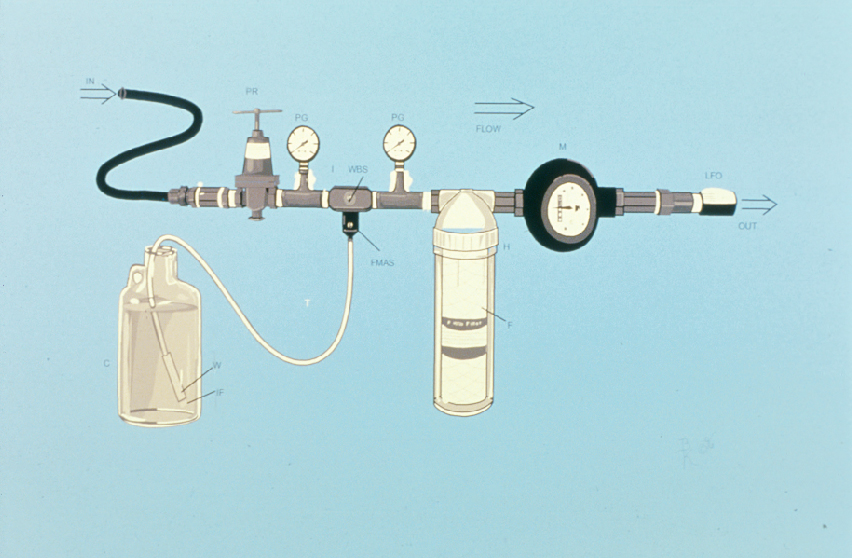Surface Water Microscopic
Particulate Analysis (SMPA)
This method assesses water treatment plant efficacy by identifying,
enumerating and comparing microbiota to the lowest taxonomic level possible in
both raw and finished drinking water. SMPA follows USEPA procedures for
Microscopic Particulate Analysis for Filtration Plant Optimization. CH
Diagnostic reports an overall microorganism log removal for the water treatment
plant after collating samples taken from raw and finished waters. SMPA is
an excellent process control technique that can be used for optimization of a
filtration plant by determining:
- If
individual filter beds are operating properly
- Reproduction
of organisms within a plant
- Qualitative
and quantitative overview of treatment plant performance
- Seasonal
variations
Surface MPA Sampling Instructions (pdf)

Analysis
Request Form (pdf)
A Surface Microscopic Particulate Analysis (SMPA) can be modified to
include Giardia and Cryptosporidium analysis from the same
sample. This is useful in obtaining additional water quality information
concerning a raw water source and a filtration system. Giardia and Cryptosporidium
analyses are separate and are NOT included along with a SMPA UNLESS
otherwise indicated on analysis request forms.
Colorado
Department of Public Health and Environment MPA Form
EPA
MPA Filter Plant Optimization Method
Harris, S.I., Hancock, C.M., J.
Vasoncelos. Microscopic Particulate Analysis for Filtration Plant
Optimization, EPA/910/R/96/001. United States Environmental Protection Agency,
Region X, Seattle, Washington.1996.
|